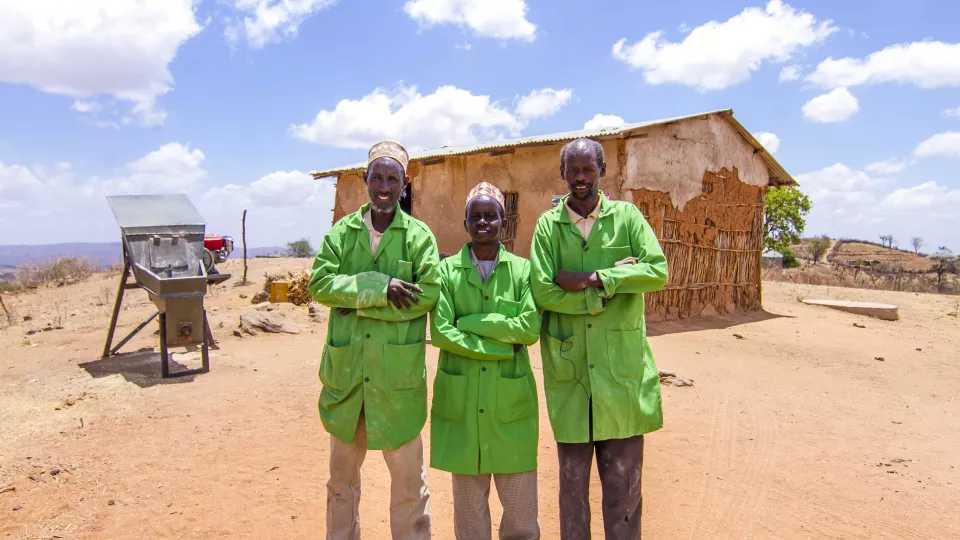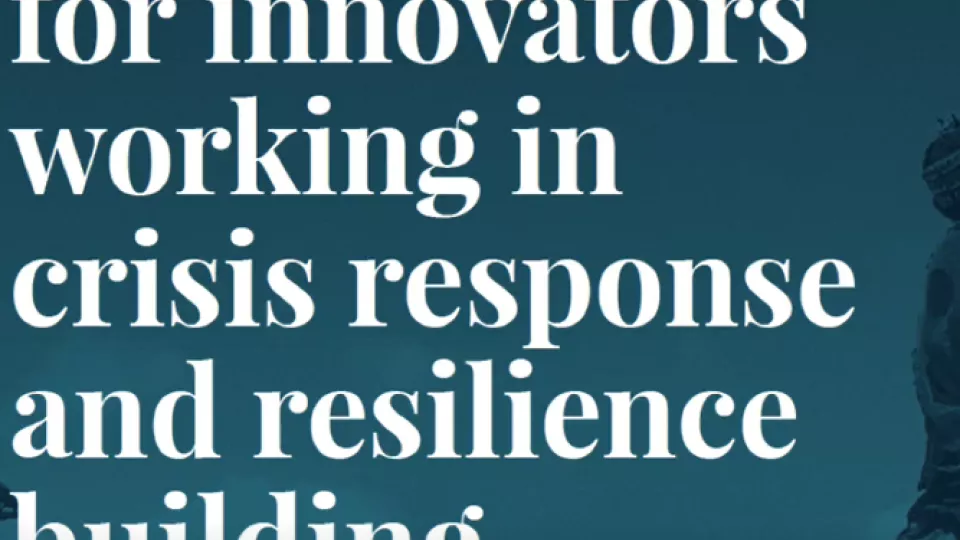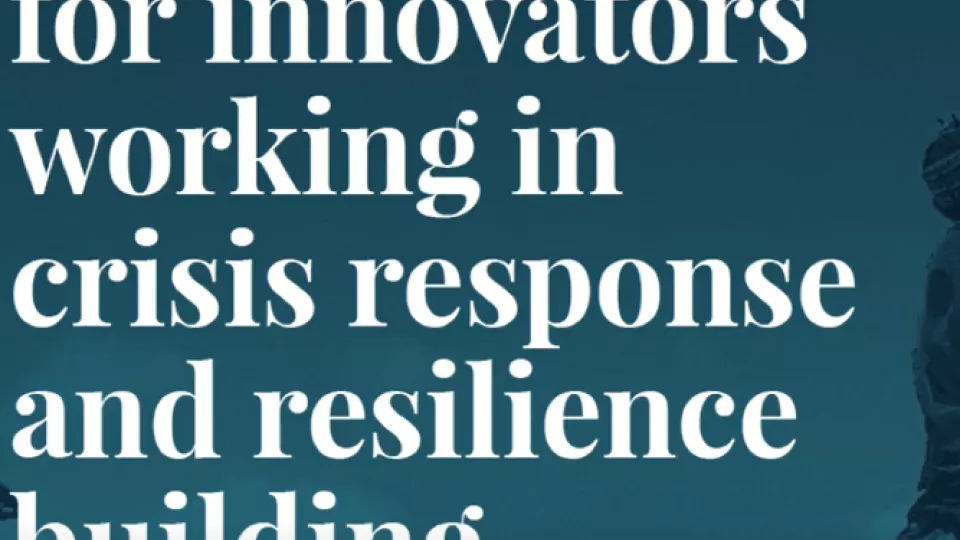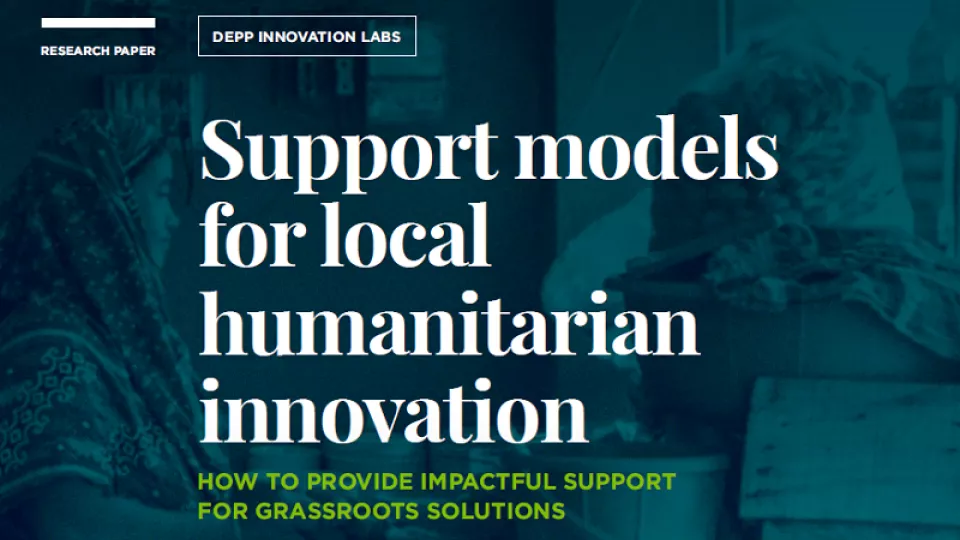Search
Scaling Canvas
“Scaling requires building a complete and consistent system. All the pieces of a sustainable system must be in place for scale to work, this is in addition to the need for a valid pilot with evidence of value. The Scaling Canvas is a tool that can be used to help innovators measure the readiness for scaling looking at six different variables 1) the core innovation 2) adoption 3) team 4) plan 5) ecosystem 6) finances”

Reflecting on two years of community-driven innovation with the DEPP Labs
Launched in 2017, the DEPP Innovation Labs has supported community-centred innovation in humanitarian environments in Bangladesh, Jordan, Kenya and Philippines. On 31 July, the first phase of the pioneering program came to a close. So what did the DEPP Labs achieve?

Scaling Webinar Part 2
In-depth webinars on the innovator journey to sustainability, and a breakdown of eight business model strategies relevant for humanitarian innovators.

Scaling Webinar Part 1
In-depth webinars on the innovator journey to sustainability, and a breakdown of eight business model strategies relevant for humanitarian innovators.
Journey map
The purpose of a journey map is to gain a holistic and shared understanding of a new or existing path (or process) followed by your target customers/ beneficiaries and your fellow staff who interact with a particular aspect of your work which needs attention.

Safeguarding Toolkit
<p>The DEPP Innovation Labs programme developed <strong>safeguarding tools </strong>relevant for innovation labs, where the organisation is not "doing" a programme but rather facilitating design processes. This field-level safeguarding toolkit translates safeguarding policies into practice for people running programs on the ground. </p>
Innovation lab tools in practice
DEPP Innovation Labs have pioneered scalable, sustainable innovation with, by and for disaster affected communities. Established in Bangladesh, Jordan, Kenya and the Philippines, all disaster-prone countries, the Labs sought to tackle specific challenges identified by communities at risk.
Innovator guide to business models
So, you have developed an innovation that addresses a humanitarian challenge. Congratulations! Now read this guide.

Support models for local humanitarian innovation
Humanitarian innovation has rapidly gained a central role within humanitarian policy and practice as a way of addressing intractable challenges. An increasing number of humanitarian organisations have established innovation initiatives (including labs, challenge funds and scholarships), set up separate innovation departments and hired innovation staff.
